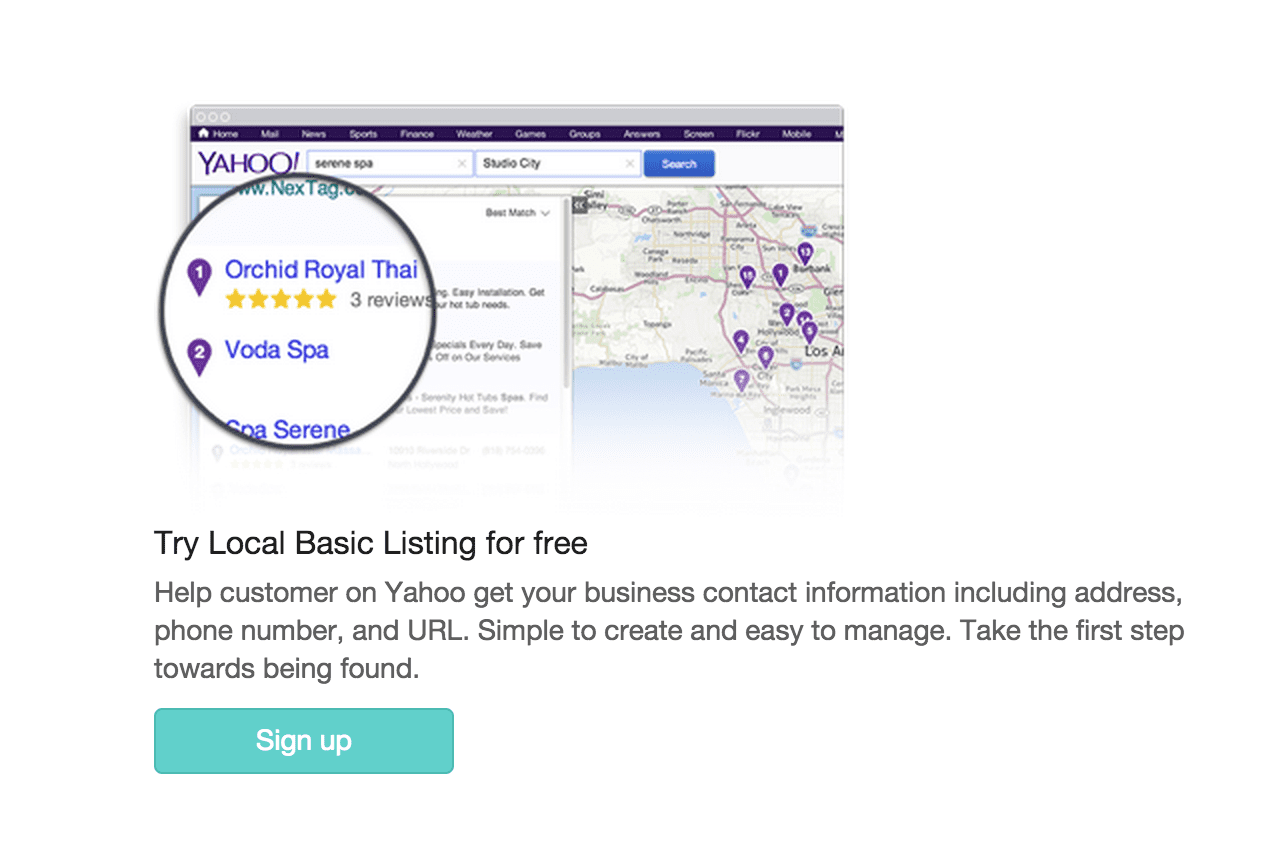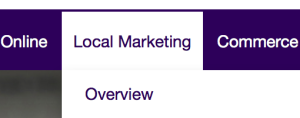The post is a part of a series of blogs about traditional media’s data quality versus digital data.Â
Subscribe to my email list to make sure you see the other parts of this series.
You can read part 1 here and part 3 here.Â

I believe a reckoning is coming about the quality of data that traditional media is able to give us. As I mentioned in my last post, the metrics that traditional media (newspapers, tv, radio) gives us is not of good quality.
Digital media offers a quality of data that traditional media cannot touch. This is something I have become more aware of as I have become part owner of a digital media journalism group called: “Our Jackson Home“. While preparing to sell advertising on the website and podcast I realized that I had something that other companies could not offer: I can bring amazing data to the table. This data also reminds me that privacy is dead in the internet age. In fact there is beginning to be a market of companies that sell privacy through apps or devices (see Mark Cuban’s CyberDust). With free tools like Google Analytics I can tell exactly how many people visited my website, how long they were on there, where they are from (down to the city), approximate demographics, what operating system their device was running and how they navigated through my site. Also and most importantly for Our Jackson Home, I can tell an advertiser how many people saw their ads and how many clicked on their ads.Â
Podcasts offer a similar set of data. We can tell exactly how many people started listening to the podcast and what device they listened to it on. Unlike radio which I propose works from a assumption of its listeners not paying full attention, podcasts are intentionally downloaded and listened to. Generally ads on a podcast are designed to be more engaging and are written for the target demographic of the listening audience of the podcast instead of a ad targeted to a demographic of the listening audience of the radio station. This sounds like a slight semantic difference but it is a huge real difference.
Email Marketing is a great way to communicate with customers. It is one of my favorite ways to reach out to customers for my clients. With good email clients like Mailchimp, you can get pretty in depth data on each of your email subscribers. You can see who has and has not read your campaigns and then using filters communicate with your best and worst customers. With the proper integrations of software you can track someone from email to website to online purchase. Its an amazing world we live in.
Ad targeting and cost: One of the best things about digital advertising for business is that on some platforms like Facebook and Google Ads you can spend as little or as much as you want. You can literally spend $5 or $5000 on Facebook or Google Ad Campaigns. In addition to this you target your ads to the groups of people you want to and know that they are really getting your message. You can also engage people who are already looking for your product with Google Ads.
I think one of the reasons that the NFL just announced its first completely online game. (Other reasons being: 1. Its being played in England 2. Bills and Jags have smaller fan bases and 3. People are moving off of cable.)  Why is there a correlation? I think the large national advertisers are already feeling the need to start getting better data. Once a tv show or sporting event has moved online they can collect the same quality of data that I can on my website here in Jackson. They will be attractive to powerful marketing firms and companies.
I still feel there is a place for local traditional marketing in your planning but I willl write about that in my next post.
Sign up for the monthly email if you would like to make sure that you wont miss a post of this series.












